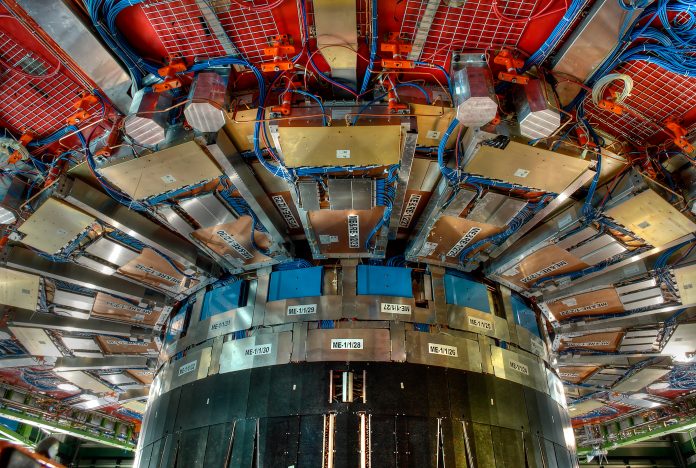The US Department of Energy (DOE) will fund $18 million for research on particle accelerator technology
The new funding will be directed towards research that lays the groundwork for next-generation accelerators, with potential upgrades to existing facilities also included. The US Department of Energy want to push for more understanding of the origins of nuclei and identifying the exact forces which transform matter.
“Unlocking the secrets of matter”
“Accelerator technology has been the key to unlocking the secrets of matter—and it has also found valuable applications in medicine and industry,” said Timothy Hallman, DOE Associate Director of Science for Nuclear Physics.
“This investment will help keep the United States in the lead in this indispensable technology.”
In their announcement, the Department suggests some topics of interest include transformative superconducting radio-frequency technology, high field superconducting magnets, and the development of next generation ion sources.
DOE national laboratories, universities, and nonprofits will be eligible to lead applications for the two-year awards, which will be selected based on peer review. The funding opportunity envisions awards both for single investigators/small groups and for large multidisciplinary teams.
Why is particle acceleration important?
The DOE High Energy Physics page examines the history of particle accelerators. It says: “Each generation of particle accelerators and detectors builds on the previous one, raising the potential for discovery and pushing the level of technology ever higher. In 1930, Ernest O. Lawrence, the father of particle accelerators, built the first hand-held cyclotron at Berkeley, California.
“Larger and more powerful accelerators soon followed. After a day’s research, Lawrence often operated the Berkeley cyclotrons through the night to produce medical isotopes for
According to the High Energy Physics department, new particle physics experiments will come online at Fermilab from 2020 to 2030.
New developments at Fermilab?
A superconducting particle accelerator at Fermilab, the Proton Improvement Plan II (PIP-II), will provide the high-intensity proton beam needed to create the neutrinos. About 1,500 m below the surface of the Earth in South Dakota, the Deep Underground Neutrino Experiment (DUNE) will measure neutrinos as they arrive from Illinois as well as from natural sources, such as supernovas from our region of the Milky Way.
An international collaboration of over 1,000 scientists from 33 countries is now working to develop and build the large-scale DUNE detector, using results from prototypes at the CERN Neutrino Platform to refine their design and affirm the technology.











